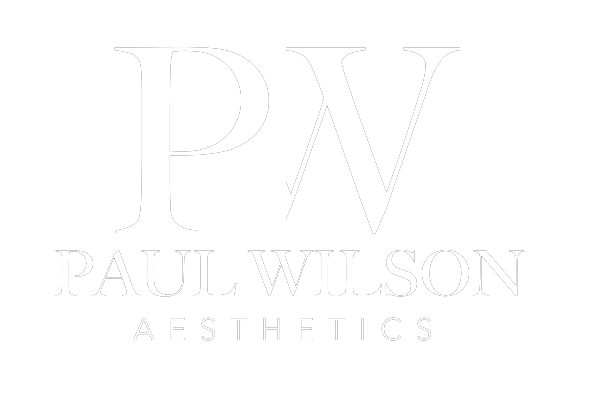Patients should know exactly what type of implant they have in their body. They should maintain their own records as it is valuable information for the future.
Mr Wilson has come across many patients who have had breast implants in the past who were either never informed or have possibly simply forgotten what type they were implanted with. Implants are made by a number of manufacturers and knowing the precise details has a good advantage to Mr Wilson when renewing, revising or removing implants from previous breast enlargements or reconstructions. The typical information that Mr Wilson provides his patients is the manufacturer’s name, the style of implant, the size in “cc’s”, the unique serial number and the lot number.
For current patients, these details should all be placed on the National Breast Implant Registry database, which has existed since 2016. These details can be searched for by your surgeon in the future should you lose your implant details, if your surgeon has entered them. But if your implants were placed prior to this you should first try to contact your previous hospital – ring the surgeon’s secretary and ask. If over 10-years has lapsed, your records may have been destroyed. In this setting where we simply do not know what implants a patient has, Mr Wilson will take as accurate measurements as possible of the dimensions of your existing implant, which can often be felt within the breast tissue, before planning the revision. Occasionally, an ultrasound scan is required to estimate the volume of the implant.
If there have been minimal changes and you require a simple like-for-like exchange this is particularly important. Where there is a current problem with one or other breast, options may also include explantation, with or without uplift. Changing the profile, and implant size, looking at natural or more projecting round implants and anatomical varieties together with an important discussion about the textures, and how this may reduce or increase future complications, always requires detailed consideration from your specialist surgeon. and this is where years of expertise in the field is an absolute must.
Your right to be informed
You now have a right to access all the information regarding your breast implants, at all times including notifications and instructions, if their device has been the subject of a safety advisory.
Your right to verify
After surgery, through a completely non-invasive procedure, women you have the right to verify all the characteristics of your breast implants, including product family, volume, serial number and lot number. All your personal information is registered, stored and protected on our secured data base, according to International Privacy Regulations.
Below is a list of current and past breast implants.
